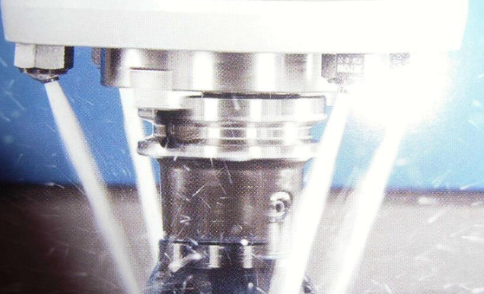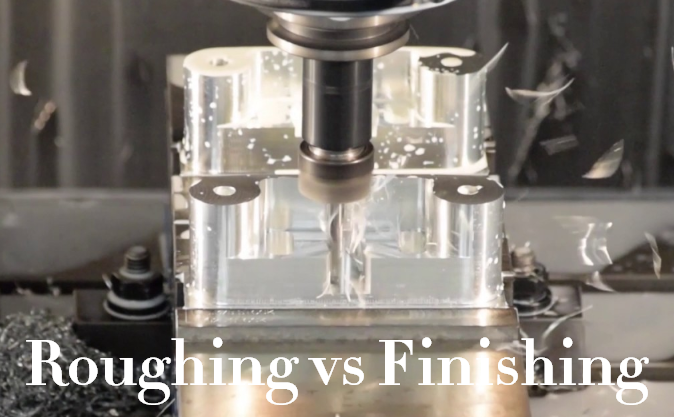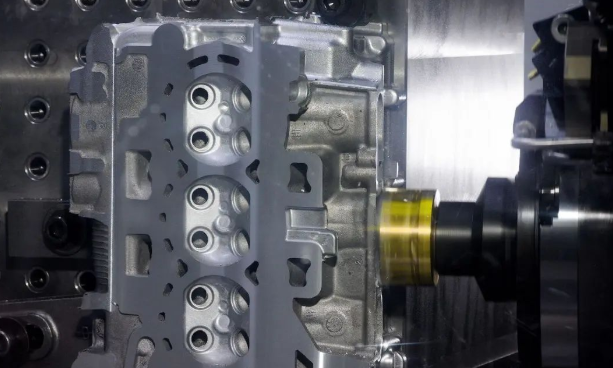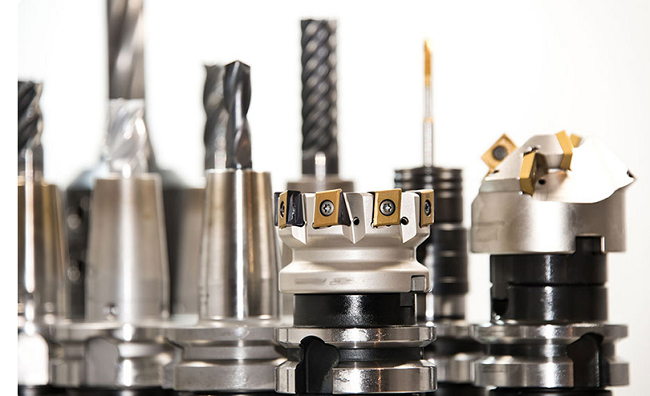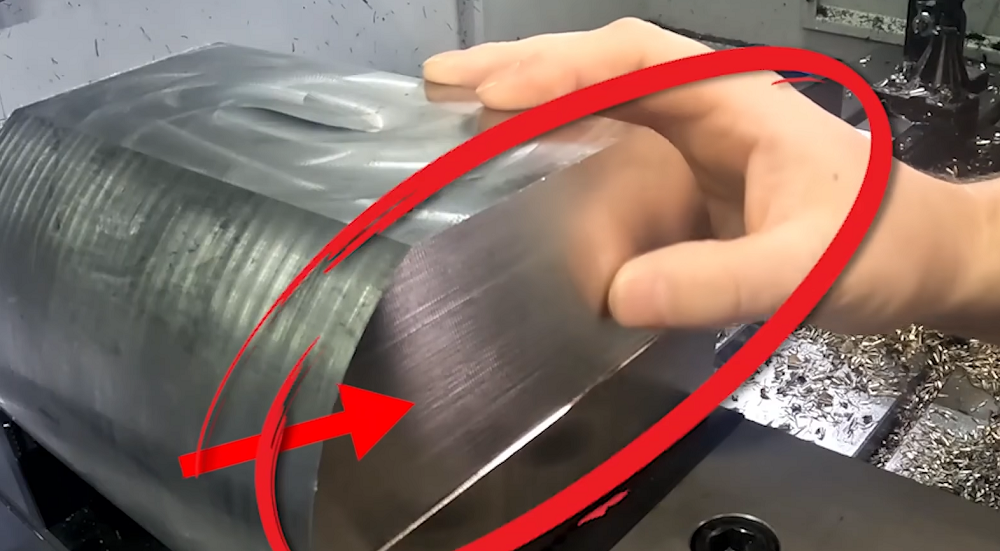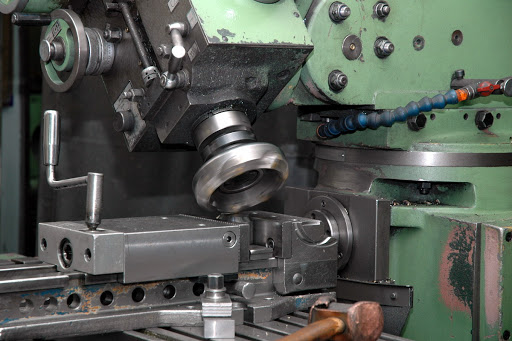We are going to explain how to improve thin-walled parts made by CNC turning based on our experience. We can work on the clamping of thin-walled parts, cutting tools and parameters selections, etc.
Reasons for the thin-walled parts being deformed
Force
The workpiece is easily to be deformed under the clamping force due to the thin wall, affecting the dimensional and shape accuracy of the workpiece.
Heat
Cutting heat can make thermal deformation and the size of the workpiece difficult to be controlled, because the workpiece is thinner.
Vibration
Vibration and deformation can easily occur under the action of cutting force, especially radial cutting force, affecting dimension accuracy and surface roughness of the workpiece.
Reasonable selections of clamping methods
If the thin-walled parts are machined by the ordinary clamping method, great deformation will occur and machining accuracy can’t be guaranteed. We can increase the clamping space and support surface of the workpiece or the clamping point to make the force even. Reduce the clamping and contact stress. Add extra support to reinforce the rigidity of the part if necessary.
However, this technique is limited in application and can cause material waste. We can also increase the clamping point to ease the deformation of the part. We can use special claws, liquid plastic self center chuck or open transition ring clamp.
Selections of cutting parameters
When the part with thin walls are machined with high precision, the symmetrical process is typically adopted to balance the stress on the relative 2 sides and reach a stable state. The part will be smooth once it is machined. Once there is much back cutting in a process, the stress will lost balance and the part will be transformed.
Rough machining, semi-fine machining and fine machining ought to be separated for thin-walled parts which require high accuracy. Separation of roughing, semi-fine and fine machining will avoid all types of deformation caused by roughing such as elastic deformation caused by clamping force, thermal deformation caused by cutting heat and deformation caused by the distribution of internal stress once roughing.
The rear feed and feed are often larger in the roughing machining. The back feed is usually 0.2 to 0.5mm/r and the feed is usually zero.1-0.2 mm/r or perhaps smaller. The cutting speed is 6-120 m/min. The cutting speed ought to be high but within a standard.
Selections of cutting fluid
Choosing the cutting fluid reasonably can reduce friction in cutting method and boost cooling conditions, resulting in reducing the cutting force, cutting power and temperature, reducing tool wear and improving quality of machining surfaces. Coarse cutting contains a great amount of cutting heat, and also the tool is wore easily, particularly for high speed steel. Cooling-based cutting fluids, like a wetting agent or solution, ought to be chosen. The cutting fluid for fine machining is principally lubricated to boost the surface accuracy and roughness of the part and therefore it’s great to use extreme pressure cutting oil or ionic cutting fluids.
Selections of cutting tools
The tooling rod of the turning hole has massive overhang and poor rigidity, which is susceptible to vibration. It tends to give way to the tool under the action of radial force, affecting the hole’s accuracy. Therefore, increase the cutter bar as much as possible when the thin arm part is machined. Meanwhile, chips breaking or rolling groove ought to be opened ahead of the turning tool and also the direction of chips discharge ought to be controlled at the acceptable edge inclination angle so as to easily discharge chips.
Conclusion
Parts with thin walls made by CNC lathe are common for mechanical processing. However, it’s difficult to guarantee quality of the part because of the great deformation caused by cutting force and cutting heat. Quality requirements of parts with thin walls can be assured by adopting the right clamping technique, auxiliary support and advanced process technique and selecting proper tool angle and cutting parameters.



